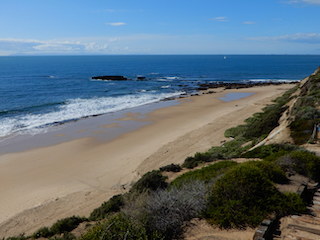
-
| 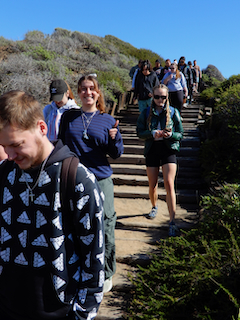
-
| 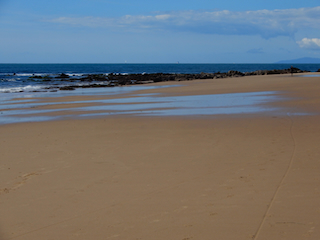
-
|
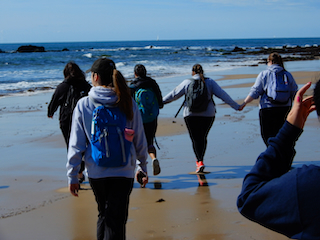
-
| 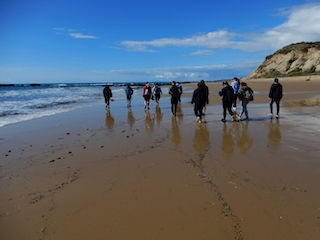
-
| 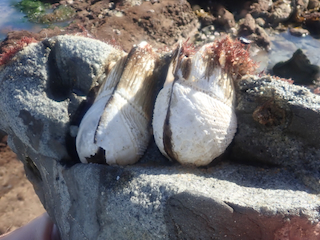
shells of storm-exposed boring pholad bivalves
|
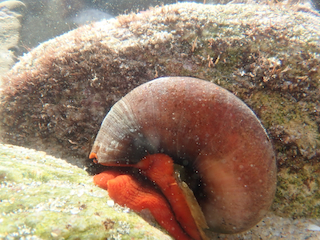
Norrisia norrisii (Norris's teguline snail)
| 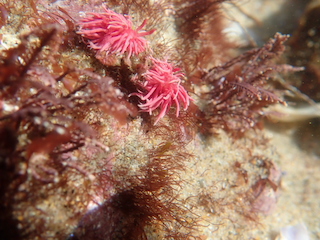
-
| 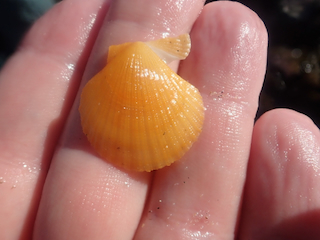
-
|
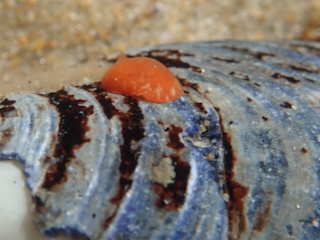
-
| 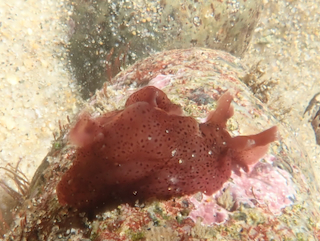
-
| 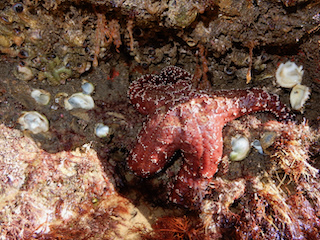
This was the only Pisaster ochraceus (ochre seastar) in the immediate vicinity,
and it seemed to me that it had not only cleaned out all the Pseudochama exogyra (reversed chama) clams in this image,
but also probably all the others vertically higher in the next image.
|
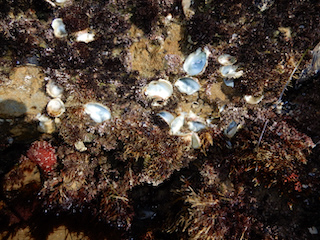
-
| 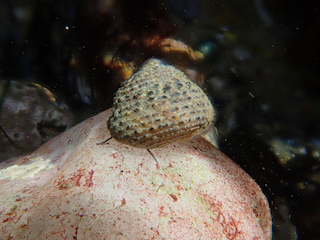
Tegula eiseni (western banded teguline snail)
| 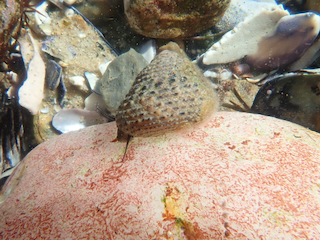
-
|
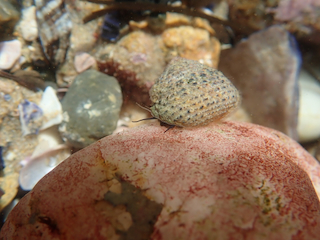
-
| 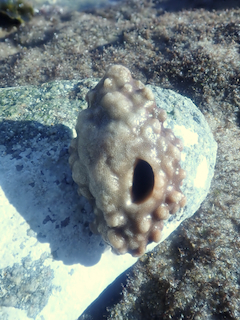
A bryozoan, Akatopora tincta (formerly in genus Antropora),
forms coral-like growths on many of our southern California gastropod shells, but ones this heavily infested
are more often occupied by a hermit crab. If there was one, id chose not to come out while I was looking at it.
See next image for the bryozoans on top of the shell, one of the Pteropurpura spp.
| 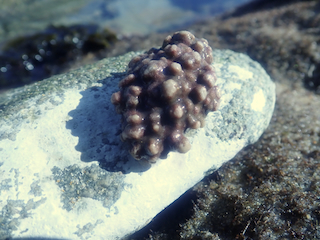
-
|
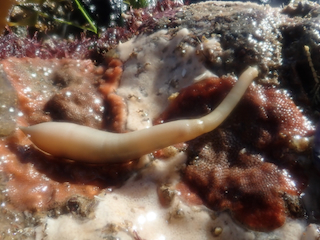
A sipunculan (Annelida), Themiste pyroides,
with its introvert extending on a bryozoan, tentatively Integripelta bilabiata (formerly in genus Eurystomella).
I am not sure about the one that is orange to the left, or the flesh-colored compound tunicate in between.
| 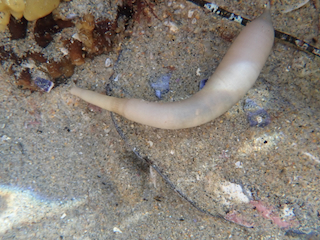
-
| 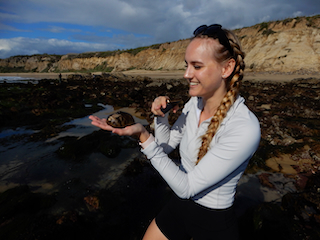
Megathura crenulata (giant keyhole limpet)
|
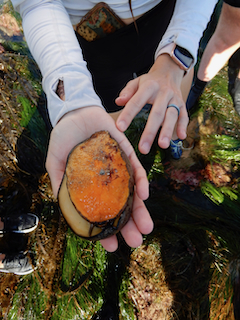
-
| 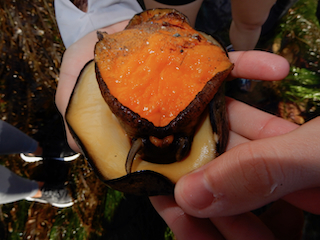
-
| 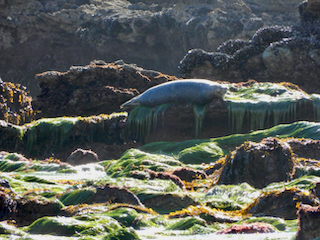
Phoca vitulina (harbor seal)
|
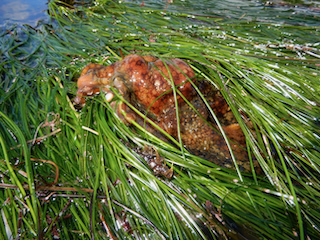
-
| 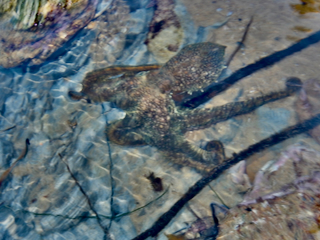
-
| 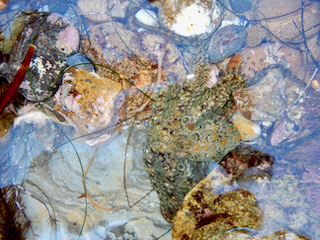
One of our two-spot octopus species, probably Octopus bimaculoides,
but could be the larger and usually more subtidal species, O. bimaculatus.
|
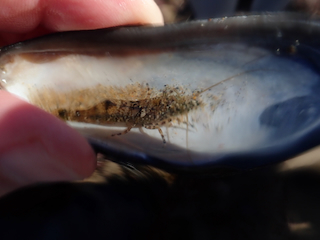
-
| 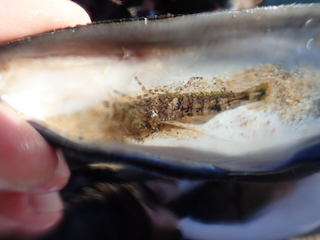
-
| 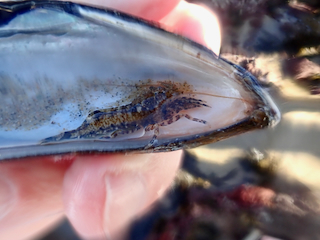
-
|
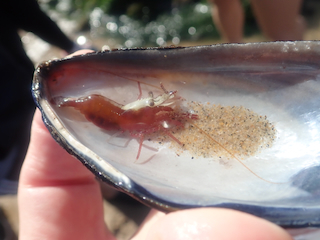
-
| 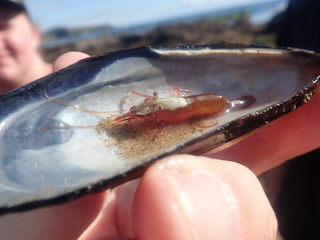
-
| 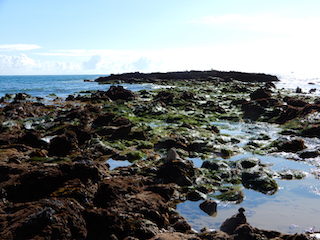
-
|
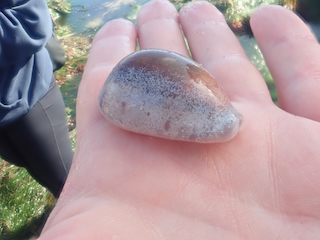
-
| 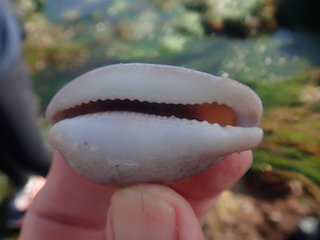
-
| 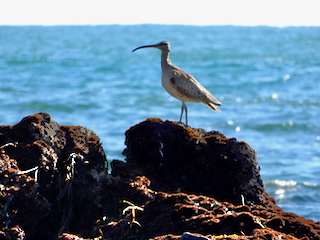
whimbrel
|
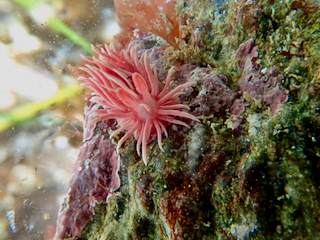
>Okenia rosacea, or Hopkins rose nudibranch. There were lots of them.
| 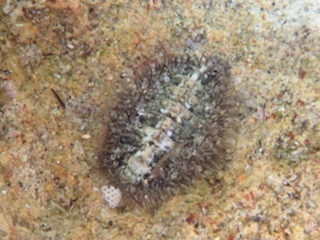
Juvenile Mopalia muscosa (mossy chiton), perhaps 1 cm long.
| 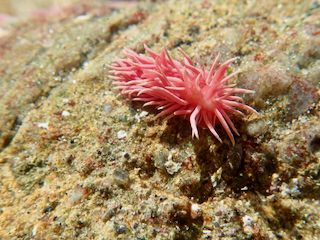
-
|
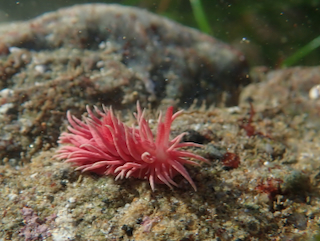
-
| 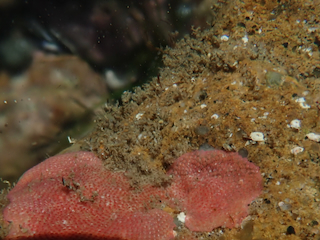
The common rose-colored encrusting bryozoan, Integripelta bilabiata (formerly in genus Eurystomella),
is the prey of the specialist predator, Okenia rosacea (Hopkins rose nudibranch), which gets its pink color from this bryozoan.
| 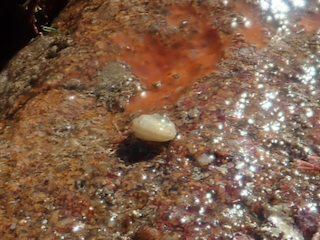
-
|
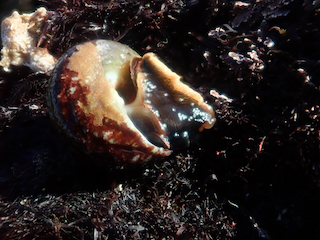
-
| 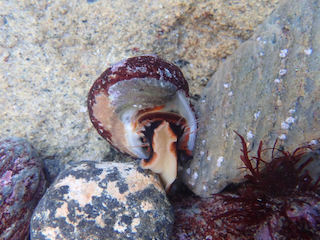
Tegula aureotincta (guilded teguline snail)
| 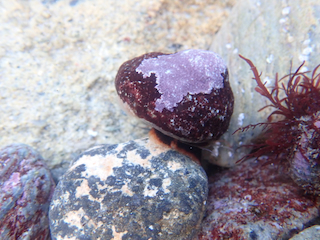
-
|
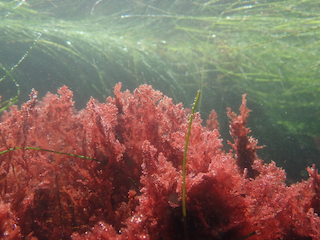
The red alga, Plocamium pacificum,
was thick because the tide was great, -1.67 ft with negligible swell.
| 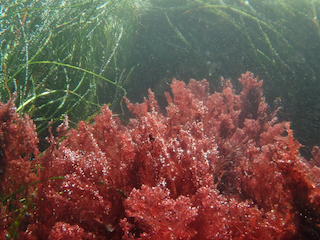
-
| 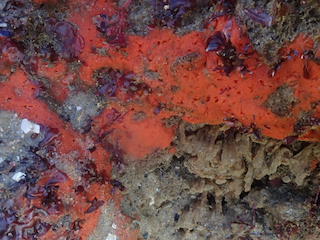
-
|
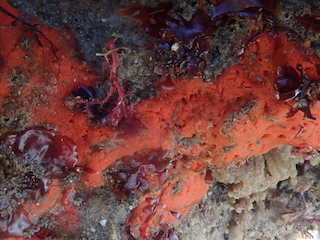
I do not know which red sponge species this is but
I think I might see two cryptic nudibranchs, Rostanga pulchra, near the bottom left and center.
The tannish colonial tunicate hanging down is likewise a challenge for me. Possible genus, Aplydium?
| 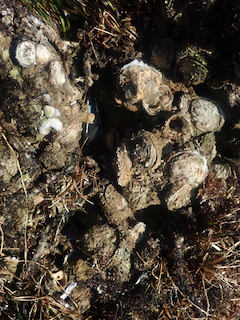
-
| 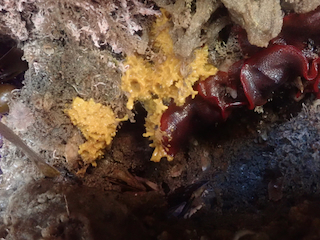
The reddish bryozoan is easy. This is one of the few West Coast
introduced species that is present along California's rocky shores, Watersipora spp. California has may introduced species in harbors and bays but not on rocky shores.
The tiny serpulids on the upper left are shredded wheat worms, Salmacina tribranchiata, which clones itself.
I am not at all sure what the yellow sponge might be. Two that I wrote down to check are Aplysilla gracialis which lacks spicules and is occasionally yellow,
and Suberites ficus (at least, those are the names used in Morris et al. (1980). There are lots of other colonial critters besides the bryozoan mentioned. This image was lit with a mirror with the help of a student, but was well under an overhang.
|
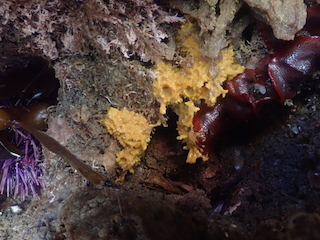
-
| 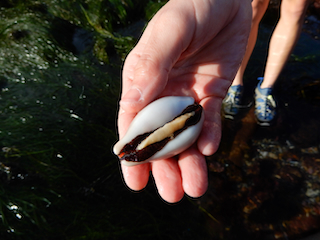
-
| 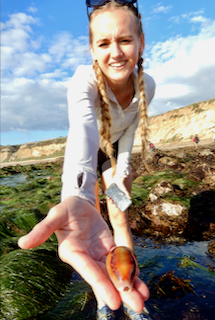
-
|
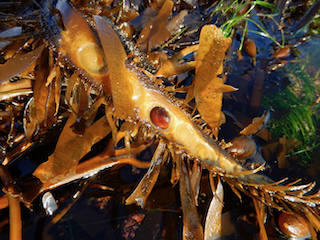
-
| 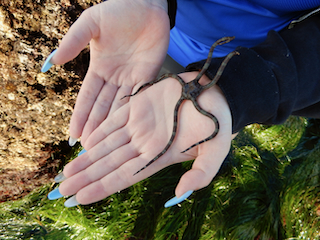
-
| 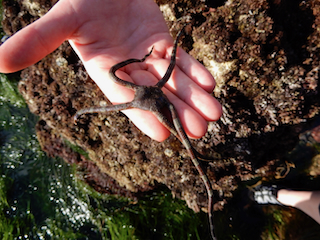
-
|
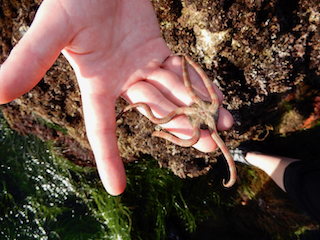
-
| 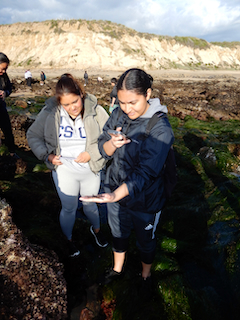
-
| 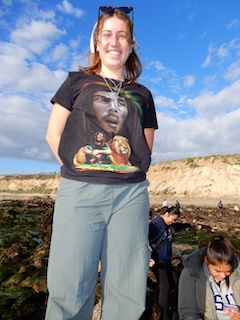
-
|
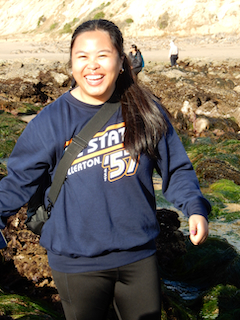
-
| 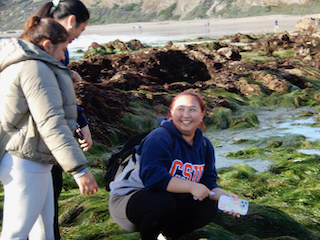
-
| 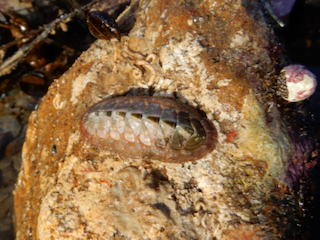
-
|
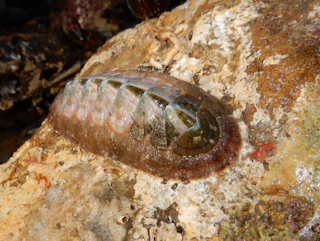
-
| 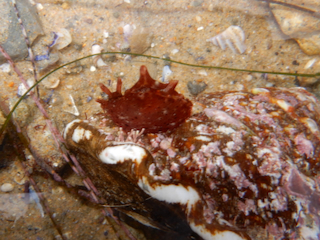
-
| 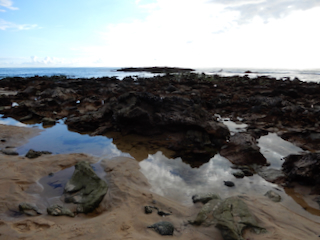
-
|
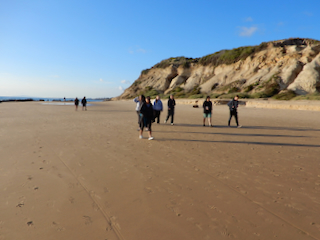
-
| 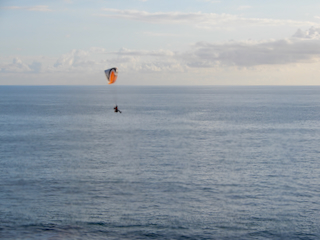
-
| 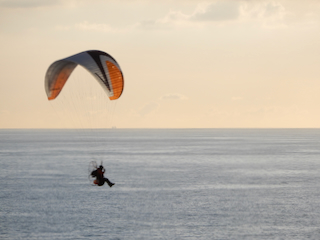
-
|
 Under Construction!
Under Construction! Under Construction!
Under Construction!